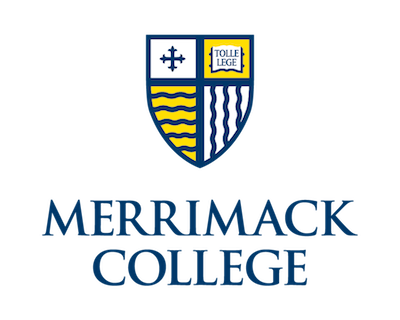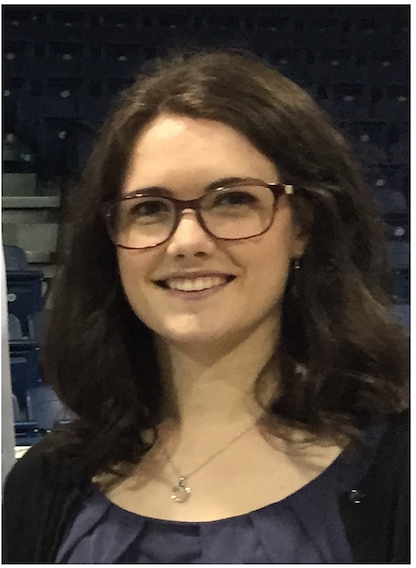Below is a summary of the abstract you submitted. Presenting author(s) is shown in bold.
If any changes need to be made, you can modify the abstract or change the authors.
You can also download a .docx version of this abstract.
If there are any problems, please email Dan at dar78@pitt.edu and he'll take care of them!
This abstract was last modified on May 10, 2016 at 12:06 a.m..

Lokk and BobSwaget, both Cluster A2 phage, were isolated from soil samples collected on the same day within 20 meters of each other from the damp, receding banks of the Shawsheen River in Andover MA, after a persistent period of low rainfall. The parABS system of prophage integration and replication was recently identified in ~20% of cluster A2 phage (Dedrick et al. 2016). Lokk and BobSwaget have parA and parB homologues as well as parS-L and parS-R 8 bp repeated sequence motifs immediately 5’ and 3’ to this gene cluster. Although geographical and temporal proximity does not necessarily correlate with genome sequence homology, Lokk and BobSwaget present a unique circumstance. Their genomes are 98% identical, with a few base changes scattered throughout. The biggest difference in their genomes, however, is in a ~1200 bp region immediately 5’ to the parABS casette. This corresponds to the region identified as encoding a non-coding RNA (Dendrick et al. 2016). This region of the genome is highly divergent in all of the A2 cluster phage with the parABS mechanism of prophage genome integration. It is interesting to note that this region of sequence divergence was the only difference found in two phages that were collected simultaneously, under stressful environmental conditions - conditions that could favor integration into the host genome. Indeed, during this period of drought very few soil samples yielded any phage at all. We speculate that Lokk and BobSwaget might infect similar hosts, or even the same host, perhaps simultaneously, and that this divergent region of the A2 phage genome might specify the integration site on the host genome. Alternatively this region may direct some other mechanism that allows similar phage to occupy different niches during stressful environmental conditions.


